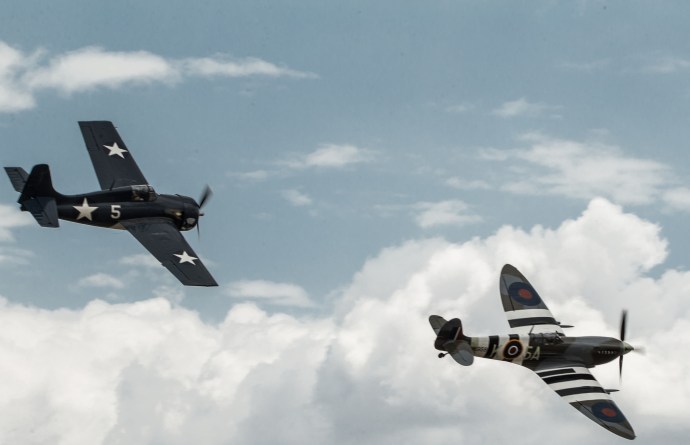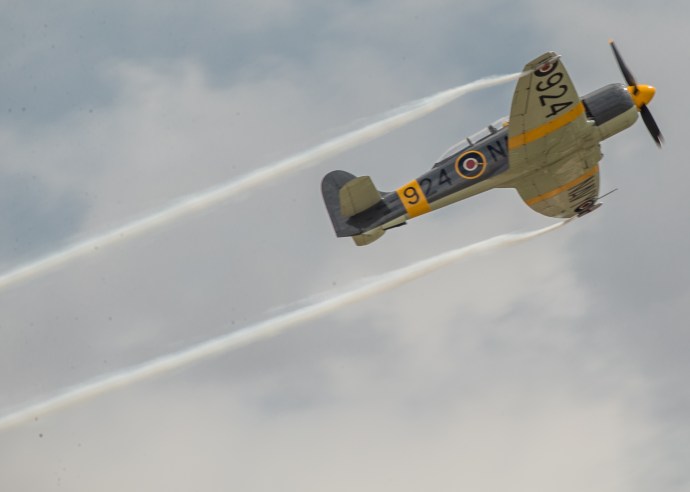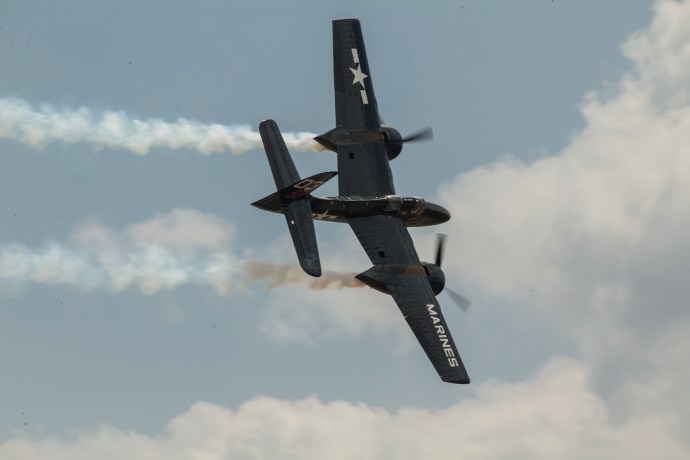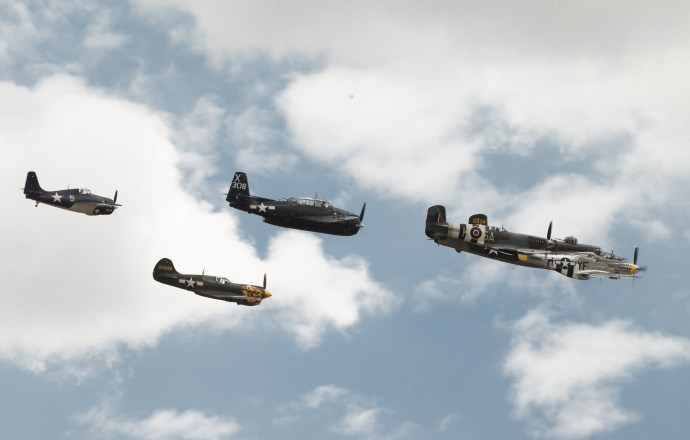
Author Archives: John R Bruning
Coming October 11th, the epic life of Aviation Legend Pappy Gunn
Our Election Day, 2010
 Six years ago today the Afghan people turned out to vote in a national election. September 18th became one of those dotted line moments in my life. The Chinook I was aboard, #262, suffered catastrophic mechanical failure. I remember seeing smoke coming out of a panel above the crew chief’s head as he stood on the ramp with a screw driver opening things up to see what was going on. A moment later, Joe Speal‘s voice came over the headset, “Land this aircraft now!” Jeric East dropped us right out the sky onto a dry lake bed at the foot of a rugged, sawtooth range of mountains in the Hindu Kush. Their skillful handling of a dire situation ensured I’d be able to see Renee graduate first in her class this year.
Six years ago today the Afghan people turned out to vote in a national election. September 18th became one of those dotted line moments in my life. The Chinook I was aboard, #262, suffered catastrophic mechanical failure. I remember seeing smoke coming out of a panel above the crew chief’s head as he stood on the ramp with a screw driver opening things up to see what was going on. A moment later, Joe Speal‘s voice came over the headset, “Land this aircraft now!” Jeric East dropped us right out the sky onto a dry lake bed at the foot of a rugged, sawtooth range of mountains in the Hindu Kush. Their skillful handling of a dire situation ensured I’d be able to see Renee graduate first in her class this year.
 Flying out of Savannah to San Jose in a few hours. Going to be drinking a toast to the crew of 262, to Local Union for coming to our rescue, the Polish infantry we had aboard who also kept us safe, and the Apache crews who circled overhead with enough menace to keep the Taliban at bay.
Flying out of Savannah to San Jose in a few hours. Going to be drinking a toast to the crew of 262, to Local Union for coming to our rescue, the Polish infantry we had aboard who also kept us safe, and the Apache crews who circled overhead with enough menace to keep the Taliban at bay.
And, another big toast to Kyle Evarts, a Chinook pilot whose bravery and commitment to protecting those around him went beyond the extraordinary. I’ll never forget getting off the ramp, looking up and Seeing Kyle sweeping down on the deck to circle us and keep us safe until more help arrived. I was on a subsequent mission and watched Kyle go to the aid of some 173rd Airborne troops who had just been hit with an IED and were under small arms fire. Never seen a Chinook flown so aggressively and with such skill.
Earlier that day, I encountered Cass Wyllie for the first time. She & her command pilot were at FOB Ghazni refueling when we showed up before heading out to Ajerestan and our mechanical incident. I had no idea there were female gunship pilots in the brigade, so I took some photos of her, noticing her personalized helmet. The next day, when we went back to COP Ajerestan, I noticed the helmet again under very different circumstances.
That chance encounter at Ghazni has led to one of the most important friendships I’ve had since. So, Cass, I’ll be drinking a toast to you today as well.
The piece I wrote about this day, “We’re Not Leaving You Brother” ended up receiving a Thomas Jefferson Award that year, which aside from the accomplishments of my children is among the most meaningful things that has happened to me. I remember finding out about it over Facebook fromDwayne, and was totally astonished. I did not even know I’d been nominated. I sat in my library and remembered that day, feeling like all the effort, expense and personal cost it took to get to Afghanistan meant something after all.
With all the toasts, I’ll probably not be sober by the time I board my flight. But to all the folks in TF Brawler–thank you for everything. Being out with you was the most meaningful thing I’ve done professionally.
-JohnB

The story of that day is here.
http://www.theunawriterslair.com/…/were-not-leaving-you-bro…
The Volunteers, 2016
This past weekend, our volunteer OPFOR group, the 973rd Civilians on the Battlefield, spent a day at the Biak Training Center working with 2nd Battalion, 162nd Infantry, Oregon National Guard. The 973rd was founded in 2008 to provide training support to the Guard and law enforcement, and the relationship between the Volunteers of 2-162 and the volunteers of the 973rd has always been a close one. After a three year hiatus, the two groups reunited in the Central Oregon Desert for a day of squad level field exercises.
Some photos from the range:

SFC Steve Warming, veteran of the 2-162’s Iraq deployment in 04-05, leads a hot wash after a squad assault.
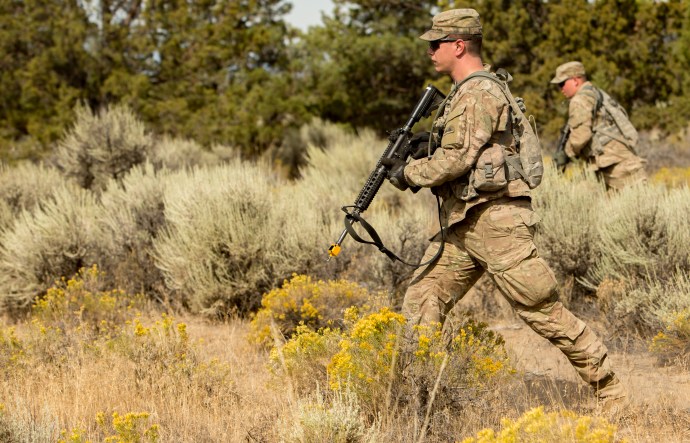
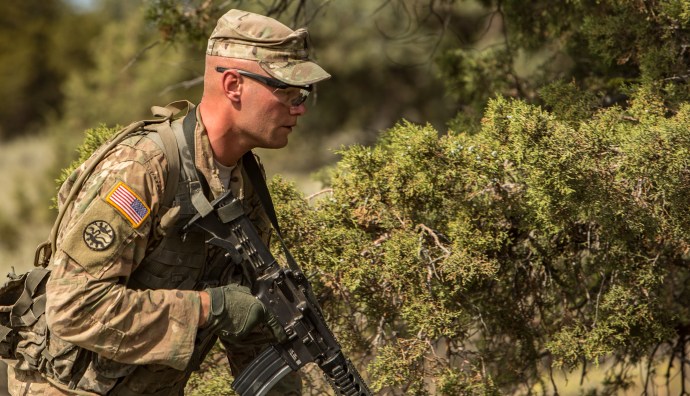
Advancing under simulated fire.
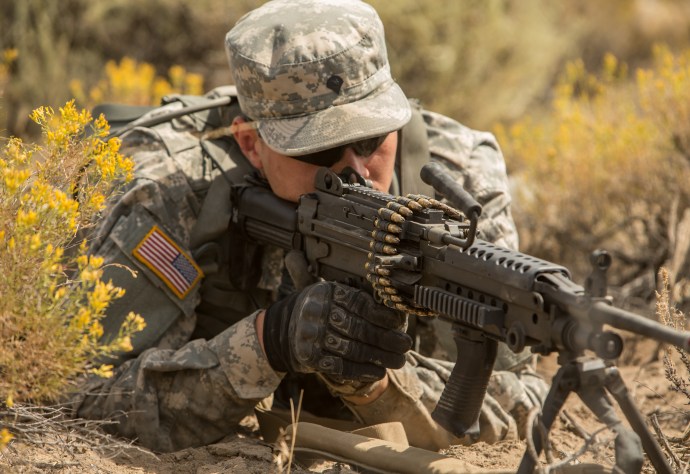
An M249 SAW gunner suppresses a 973rd two man element.
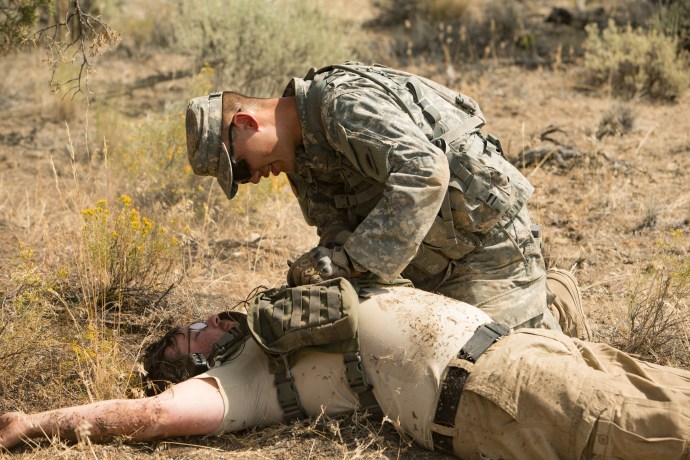
Shawn Jenkins, veteran of 2-162’s 2004 deployment to Iraq and member of the 973rd, gets searched following a simulated firefight.
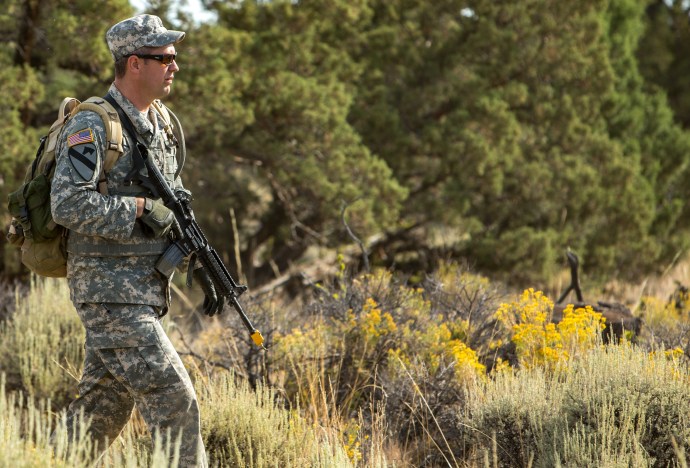
Gabe Sapp served with Bravo 2-162 during the 04-05 deployment. He ETS’ed in 05 and came back into the Guard last fall. In his civilian life, he is a Corvallis, Oregon police officer.

Looking out for trouble.

Sergeant Chase Howe leads his squad forward.

Sergeant Howe reacts to the 973rd’s ambush.
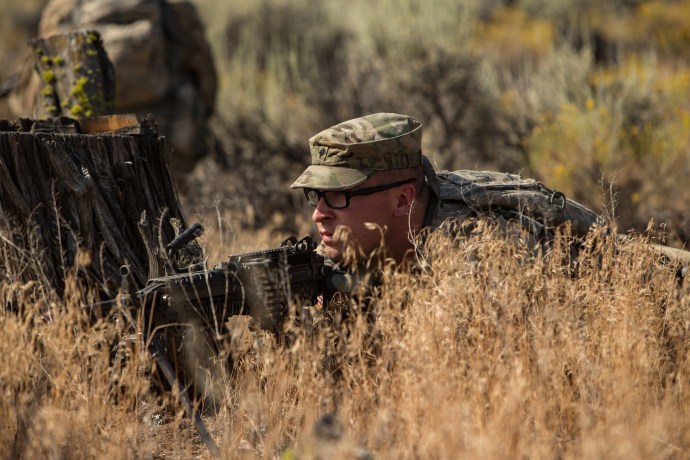
Stalking the 973rd’s ambush element.

American Warrior.
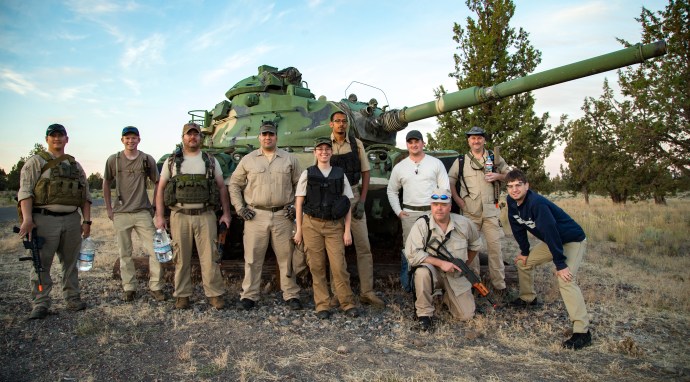
The 973rd at Biak Training Center, Redmond Oregon August 2016
B-25 Chronology
BPG (Before Pappy Gunn):

APG (After Pappy Gunn):

Author’s Note: An Unforgettable “Indestructible” Moment
 September 2014
September 2014
The House on Navy Boulevard
The neighborhood had seen better days. Empty lots with weeds growing among the remains of concrete foundations opened a vista on Pensacola Bay from where I stood beside Navy Boulevard. Down the street, the houses looked worn and battered. Paint peeling off rotting siding, the cars in their driveways in similar straits. There was no keeping up with the Jones’ here, just an exhausting battle for economic survival. From the research I’d done, I knew that this neighborhood once hummed with vibrant optimism. Now, I looked around and wondered what had become of the American Dream.
Paul Gunn and his family once lived here. No matter where they were—Manila, Honolulu, or Indonesia, they’d always considered Pensacola home.
I’d parked my car on a side street a few blocks off this main road, and I worried about it. A black Pontiac GTO with Oregon plates in this area had already drawn a lot of attention, and as I left it, I could see people watching me from derelict porches and overgrown yards.
I’d been on the road for a better part of a month now to conduct the research for this book. I’d ultimately end up spending time in fifteen states on this trip. In Texas, I drove into towns that had shriveled and died around their perfectly maintained courthouses. Around those imposing 19th Century buildings stretched manicured lawns, usually with the list of war dead from the county carved into a memorial. All that looked normal, like Mayberry circa 1955. But go a block, and the scene looked more like a Twilight Zone episode. Vacant storefronts. Neglected buildings collapsed upon themselves, rubble heaped inside their century-old brick walls. Juxtaposed with the decay were the streets themselves. They were spotless. Not a piece of trash on the asphalt, no windblown debris to be seen. These towns seemed to be in hibernation, like the lights were turned off years ago, but the county crews soldiered on in hopes that someday, somehow, better times and people would return.
The first one I saw I thought was an anomaly. After the second one I tried to tell myself the same thing. But I ended up seeing towns like that in every Southern state, in Kansas, Missouri and Nebraska. I walked through those empty small town streets and felt profound despair. What had become of my country?
I’d traveled much of the West in 2010 on my way out the door to Afghanistan. Back then, the sense I got from the people I met was fear. Fear that 9-11 had changed us. Fear that the Great Recession had crippled us forever. Fear that the inflow would not match the outflow when checkbooks were balanced each month. With that fear came a sense of helplessness, as if the momentum toward national mediocrity was too great for anyone to slow or turn around. We were trapped, along for the ride and wondering if our families would ever thrive again.
This time around, I’d seen less fear and much more grim resolve. The families and working folks I’d met along the way had pulled inside themselves, resigned to the fact that events well beyond our control were reshaping the nation. They couldn’t change it; they couldn’t stop it. They did the one thing they could: they put their heads down and went about quietly trying to rekindle the American Dream, one household at a time.
Traffic was light on Navy Boulevard. I started to cross, then decided to check the address I’d written on a scrap of paper. The house I had been searching for sat across the street. Unlike the others in the area, it was well kept. The owners tended the yard, and the paint was fresh. The house itself, a rectangular-shaped one story design looked at once stately and unprepossessing. There was love in this home. I could see it in the new fence, the trimmed hedge and the welcoming decorations on the front porch.
An hour before, I’d stood at the graves of the two lovers who once owned the house. En route to their final resting place, I had learned of the fun their family had in it. Swimming in the bay, wrestling matches out in the shady back yard. Their kids and their friends once swarmed across this neighborhood, filling evenings with the sounds of their play.
I crossed the street and knocked on the door, unsure how I would explain who I was and how far I’d traveled to get to this stoop.
I heard the lock unlatch and a second later, a giant of a man stood in the doorway. Half a foot taller than me, with broad, square shoulders, he regarded me with penetrating eyes. Not quite hostile, not quite friendly, he asked want I wanted.
I told him I’d driven from Oregon to the Florida panhandle to get to his porch. That piqued his curiosity, and now that he knew I wasn’t peddling door-to-door, I could see him relax a little.
“Do you know anything about the family who owned your house back in the 30’s and 40’s?” I asked.
He nodded, “One of them was captured in the Philippines during the war. Was on the Bataan Death March or something.”
I started to tell him what I knew. The door opened, and he invited me inside. He talked of how stoutly the house had been built, the huge, spike-like nails that had been used in its underpinnings. They were naval in origin, as was some of the lumber used in the frame. The plaster on the walls was interlaced with horsehair to make it that much sturdier, and it had lasted for almost a hundred years.
Harold was his name. We shook hands in his dining room beside a table piled with all the trappings of a busy life. He apologized for the mess, explaining that his daughter was getting married in the back yard in a few days, and the preparations for it had hit the house like a hurricane.
There’d been many of those over the years. Harold explained that the last few had taken down most of the houses along the street, hence the weed-filled lots with ruined foundations. This house, Harold’s home, had survived with barely a scratch.
“Whoever built this house, knew what he was doing,” he said to me.
That whoever was Polly Gunn’s father. He’d been a contractor and carpenter at the turn of the last century and had built this home slowly from whatever materials he could pull together from the projects he had completed. He invested time and energy, patiently laying the foundations, as he knew a good house would become his family’s fulcrum in the decades ahead.
And it had. After his death, the house became property of his two daughters. Polly and her family called it home for years following World War II. It was the place everyone came back to no matter how far life had flung them from this little Pensacola neighborhood.
They’d recovered their health there after their wartime ordeals. They took boat trips in the bay, and swam in the ocean on the other side of the peninsula. This house was a house of happiness and great memories.
Harold took me out back and we stood on his deck. The back yard was checkered in shadows cast by broad, ancient trees. The lawn, green and freshly mowed, extended right to the water’s edge. A small dock stretched out from shore, and the gentle waves lapped against it.
I asked him how he’d come to own this house.
To my astonishment, his eyes grew foggy and he choked up as the story came out. In 1968, he had served with the 8th Marines during the Tet Offensive and the fighting for Hue City. He’d watched some of the closest friends he’d ever have die in the streets as the fighting raged at point blank range. During the height of the battle, the killing was up close and personal, and he had to defend himself with a shotgun against an enemy soldier who had wounded him in hand-to-hand fighting.
He was evacuated as a result of his wounds. In ’71, he left the Corps and was trying to find his path through life by making Pensacola home. One day, he’d been out on the water when his boat’s outboard motor ran out of fuel. He jumped in the water and towed it to shore. He pointed a spot right beside the dock. “Right there.”
He looked out toward the water as he spoke of the elderly lady he’d encountered in the back yard here. He’d asked to use her phone, and she had opened her home to him. While he waited for a friend to bring him some gas, she asked him questions about his life. The questions disarmed him, as did her hospitality. The defenses came down. He spoke to her from the heart, telling of his wounds and Vietnam and his homecoming here in Florida.
“Do you want a family someday?” she had asked. He had just gotten married, and he told her yes, someday.
“Have you ever wanted a house on the water?” she had asked.
He laughed at that. “Of course, who wouldn’t?”
“This is a house to raise a family in. If you want it, I will sell it to you.”
The offer floored Harold. He thought about how much money he could scrape together. If he and his wife sold everything they owned, he figured he could just scrape together enough for a down payment.
She had wanted the house to go to a worthy family, not just to anyone. And she had sense Harold was the right one to entrust with the house.
The elderly lady was Polly Gunn’s sister. Polly and Paul’s son Nat took care of the details of the sale. Harold’s family had owned it ever since. Like Polly’s family thirty years before, Harold healed from war within the house’s walls. He’d spent summer nights on the back porch watching the boats go by as his kids grew and played along the shore.
Now, his daughter was to be married beside the water in this tranquil and loving spot.
As Harold talked of his war, and what the house meant to him after coming home, both of us teared up. I told him of my own homecoming from Afghanistan in 2010, a time when my life here burned to the ground. I envied that he had a home within which to heal. I didn’t, so I turned outward, roaming the country in the GTO in search of something I could use to build a new life upon. Those wanderings turned into a passionate love affair with America. I ate dinner in General Sherman’s niece’s house in Vicksburg. I stood at the spot where Bonnie and Clyde died in a hail of gunfire. I walked the Selma Bridge, sat at Rosa Parks’ bus stop in Montgomery. I walked the Modoc battlefield in California and stared in utter shock when I saw people still living in the barracks of the Tule Lake Japanese-American internment camp. I’d skated in San Francisco’s Union Square, spent my birthday at Hemmingway’s house in Key West, a six-toed cat on my lap. Through it all, I’d sought to find something, some element of us and our heritage that I could use to spark the rush into the last half of my life. I had no idea what that was, or even if I ever found it. I do know it made me intensely proud of America and history. And somewhere along the line, I healed. When I finally went home, for the first time in my life, I felt like a whole person.
Harold had done the same thing a few years before. He’d been down at a marina and some punk had pulled a pistol on him. In a flash, all the reflexive reactions to such a threat rushed up from his past, and before the kid could even blink, Harold had disarmed him and dumped him face down in the parking lot. The incident triggered memories of Tet and his friends dying in NVA crossfires.
He left his home and spent months traveling the country, tracking down the surviving men of his platoon. In those reconnections, those bonds forged in battle a generation ago seemed as unshakeable as they were in ’68. For Harold, those ties, those shared moments of hardship and grief opened the door to the final act of his own healing process.
I showed up on Harold’s porch a stranger. I left a friend.
The house, once beloved by Paul and Polly, had served as the cradle of another family’s narrative. Polly’s sister had made the right leap of faith. It had gone to a good and noble man, who had used it to build his own life and family.
And the house? It had survived floods and hurricanes, Depressions and the depredations of age. Like a rock, it still stood where others had been swept away. The house reflected the family who had built it. Tough and solid, unfazed in a storm, Polly and Pappy’s family thrived in the face of extreme adversity that few Americans had ever known. Love and loyalty, the most precious elements of life, gave them the strength to overcome and survive. And that is exactly why I wanted to write about them.
The wanderlust that invested me before and after Afghanistan propelled me out into the heartland of our country. What started as a search for my own path became an affirmation of what I wanted to write. So many Americans have come to regard our exceptionalism as somehow politically incorrect. We’ve beaten ourselves up for our legion of national failings and we are taught to ignore our many successes and noble deeds. Go to a college campus and the way our history is taught now is filled with bitterness at our misdeeds. The overemphasis on the nation’s faults has led to so much bitterness. We’re like a crippled ship going in circles, focused only on that which should evoke shame and ignoring the balance of the ledger. There is no percentage in that. Success never follows bitterness. Growth cannot come from only shame.
We need to remember the good, if only to find inspiration for the challenges we face.
 Paul Gunn was a small town American, a self-made man with minimal education, boundless energy and an who changed the course of history. He’d didn’t do it by following rules or being politically correct. He didn’t care who he offended, and readily threatened to kill anyone who stood in his way. He was revered; reviled, feared, hero-worshipped. He rose to the occasion in the face of daunting odds, was wounded at least eight times and shot down at least twice. A pilot, a pioneer, an entrepreneur, he was at once driven yet compassionate and possessing a warm and rich heart that he readily shared with Polly, the love of his life. He was a man who never quit, who never let a problem get the best of him. He blew through roadblocks like a gale force wind, and woe to those who stood in his way.
Paul Gunn was a small town American, a self-made man with minimal education, boundless energy and an who changed the course of history. He’d didn’t do it by following rules or being politically correct. He didn’t care who he offended, and readily threatened to kill anyone who stood in his way. He was revered; reviled, feared, hero-worshipped. He rose to the occasion in the face of daunting odds, was wounded at least eight times and shot down at least twice. A pilot, a pioneer, an entrepreneur, he was at once driven yet compassionate and possessing a warm and rich heart that he readily shared with Polly, the love of his life. He was a man who never quit, who never let a problem get the best of him. He blew through roadblocks like a gale force wind, and woe to those who stood in his way.
No other nation could have produced a man like Paul Gunn; he is uniquely American. Other countries have their heroes, great figures of history and leaders, I don’t mean to diminish them. But Paul Gunn embodied all the elements that made American great, that gave us our sense of exceptionalism and propelled us from a tiny backwater country to a superpower in less than a hundred and fifty years. Paul Gunn’s life is part of the marrow of our heritage as Americans. And in dark and troubling times, I find comfort in his inspiration.
I drove north that day, thinking about Harold, the house and the Gunn’s, the GTO bound for Arkansas and the birthplace of a great American whose story I hope will remind all of us that in the times of great calamity, greatness will emerge. All of us need some of that inspiration no matter what our personal challenges are. So, let me introduce you to a man and his family who never gave up, never failed, even in the darkest hours of loss, starvation and brutal combat.
John R Bruning
Independence, Oregon
The Image Maker
 Val C. Pope served with a U.S. Army Signal Corps company during World War II. He was one of the first combat cameramen to make it ashore on D-Day. He landed on Omaha Beach with still photographer Walter Rosenblum sometime during the morning of June 6th. Armed only with a movie camera, Val and Walter set about capturing the chaos on Omaha as it unfolded around them. One of the most gripping movie clips Val shot that survived the landing was the rescue of several drowning GI’s. Their landing craft was hit and sinking, and as they ended up in the water floundering, a young lieutenant saw their plight from shore. He grabbed a cast away life raft, jumped into the surf and swam out to them. Val’s footage shows the men being helped ashore.
Val C. Pope served with a U.S. Army Signal Corps company during World War II. He was one of the first combat cameramen to make it ashore on D-Day. He landed on Omaha Beach with still photographer Walter Rosenblum sometime during the morning of June 6th. Armed only with a movie camera, Val and Walter set about capturing the chaos on Omaha as it unfolded around them. One of the most gripping movie clips Val shot that survived the landing was the rescue of several drowning GI’s. Their landing craft was hit and sinking, and as they ended up in the water floundering, a young lieutenant saw their plight from shore. He grabbed a cast away life raft, jumped into the surf and swam out to them. Val’s footage shows the men being helped ashore.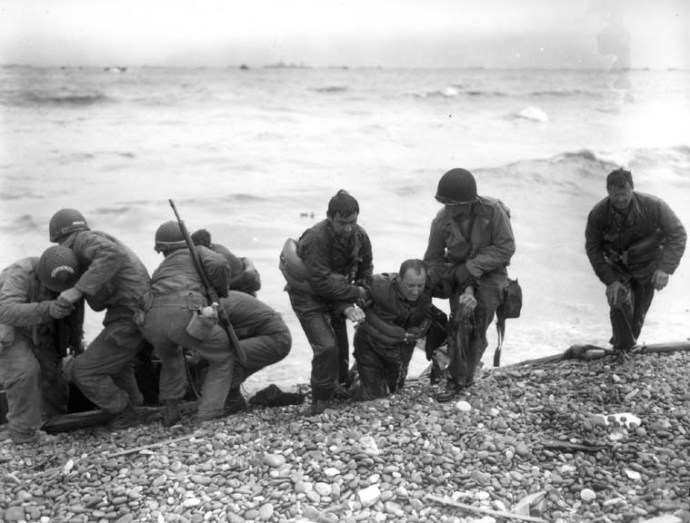
For the next several days, Val remained right in the thick of the fighting, filming some of the iconic scenes of the early days of the invasion. While walking past a couple of buildings in search of a Red Cross aid station, he was ambushed by a German machine gun team. Hit in the head, he fell back unconscious as a fellow combat camerman dove for cover. A few minutes later, a group of GI’s rushed out and pulled Val out of the line of fire. He died as medics worked furiously to save his life.
Today, as we remember the June 6th landings, let us not forget those who carried cameras instead of guns, whose images have become a timeless–and priceless–part of our national heritage. Without them and their selfless spirit to capture history as it unfolded, future generations would have had no window into those momentous events in 1944.
The Sky Above Southern California

The Planes of Fame Republic P-47D Thunderbolt with a replica Fw-190 on its wing. Chino Air Show, 2016. If you are a lover of warbirds and have not made the trip to Chino, do so. The museum’s collection is simply incredible.
Mother’s Day 2016
To Moms across our country who have sons and daughters guarding our nation’s ramparts in this time of war, my family’s thoughts are with you on this Sunday morning. Your trials and suffering, the fear late at night and the questions that linger in moments of solitude are understood by so few. Yet without your love, support and endurance, the defense of our country would not be possible. Yours is a journey few ask for, but many need. Bless you, and may your sons and daughters return home soon to your loving arms.
–John R. Bruning







